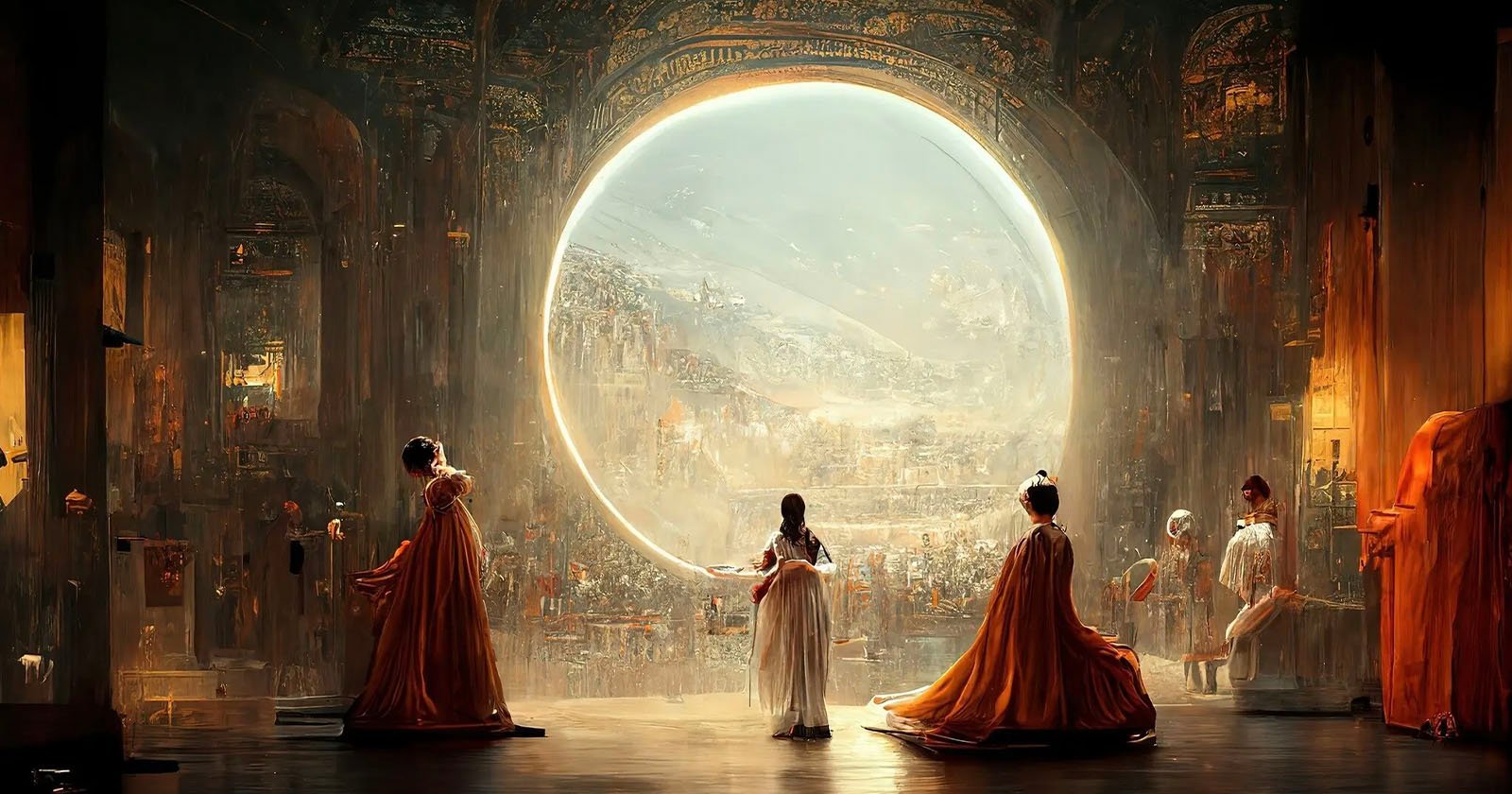An artist who infamously duped an art contest with an AI image is suing the U.S. Copyright Office over its refusal to register the image’s copyright.
In the lawsuit, Jason M. Allen asks a Colorado federal court to reverse the Copyright Office’s decision on his artwork Theatre D’opera Spatialbecause it was an expression of his creativity.
Reuters says the Copyright Office refused to comment on the case while Allen in a statement complains that the office’s decision “put me in a terrible position, with no recourse against others who are blatantly and repeatedly stealing my work.”



its debatable who the artist is, however, because if you remove the ai from the picture he could never have made this, and if you remove the training data the results would also be different.
Realistically: everyone whose data this was trained on should be included as authors if its not just public domain
There were similar debates about photographs and copyright. It was decided photographs can be copyrighted even though the camera does most of the work.
Even when you have copyright on something you don’t have protection from fair use. Creativity and being transformative are the two biggest things that give a work greater copyright protection from fair use. They at are also what can give you the greatest protection when claiming fair use.
See the Obama hope poster vs the photograph it was based on. It’s to bad they came to an settlement on that one. I’d have loved to see the courts decision.
As far as training data that is clearly a question of fair use. There are a ton of lawsuits about this right now so we will start to see how the courts decide things in the coming years.
I think what is clear is some amount of training and the resulting models fall under fair use. There is also some level of training that probably exceeds fair use.
To determine fair use 4 things are considered. https://www.copyright.gov/fair-use/
This is going to vary a lot from training model to training model.
Creative works have more protection. So training on a data set of a broad set of photographs is more likely to be fair use than training on a collection of paintings. Factual information is completly protected.
-> Amount and substantiality of the portion used in relation to the copyrighted work as a whole.
I think ai training is safe here. Once trained the ai data set usually doesn’t contain the copyrighted works or reproduce them.
Here is where ai training presumably has the weakest fair use argument.
Courts have to look at all 4 factors and decide on the balance between them. It’s going to take years for this to be decided.
Even without ai there are still lots of questions about what is and isn’t fair use.
Hmmm. This comment made me realize that these ai images have something in common with collages. If I make a collage, do I have to include all the magazine publishers I used as authors?
Not defending the AI art here. Imo, with image generating models the mechanisms of creation are so far removed from the “artist” prompter that I don’t see it any differently than somebody paying an actual artist to paint something with a particular description of what to paint. I guess that could still make them something like a director if they’re involved enough? Which is still an artist?
I dunno. I have my opinions on this in a “I know it when I see it” kind of way, but it frustrates me that there isn’t an airtight definition of art or artist. All of this is really subjective
It comes down to how transformative the work is. They look at things like how much of the existing work you used and how much creative changes were made.
So grabbing your 9 favorite paintings and putting them in 3x3 grid is not going to give you fair use.
Cutting out sections of faces from different works and stitching them together into a franken face could give you enough for fair use if you made it different enough.
I don’t know how collages work, but samplers do pay every single artist they are sampling for their use of the song.
if you make a magazine collage you’ve already paid all the magazine authors for their work by buying the magazine. I know its not perfect, but at least in a collage situation there is some form of monetary trail going back to the artists.
If the AI company were to license their training data this would be an almost perfect metaphor. But the problem is we’ve let them weasel in without monetary attribution.
No but you don’t get it, they wrote a couple words and also they know how to use the spot healing brush in photoshop, they’re a REAL artist!
To be somewhat fair this prompt probably took quite a bit of work. Still way less than even producing it digitally but not a couple words.
How is this different from any other art? Humans are “trained” on a lifetime of art they’ve observed. Are they to attribute all of their art to those artists as well?
It’s a bit more nuanced than that, because a human can still develop artistic skills by observing non-artistic creations beforehand.
For instance, the world’s very first artist probably didn’t have any paintings or sculptures to build off.
I’m not saying I necessarily agree that the person isn’t an artist because they rely on external training data, but generative AI models most certainly need to observe other works to ‘learn’ how to make art, whereas humans don’t necessarily have to. (Although if someone were to make a reinforcement learning model based on user feedback as a way to entirely generate better and better images starting from random variation, that would make the original training data point moot)